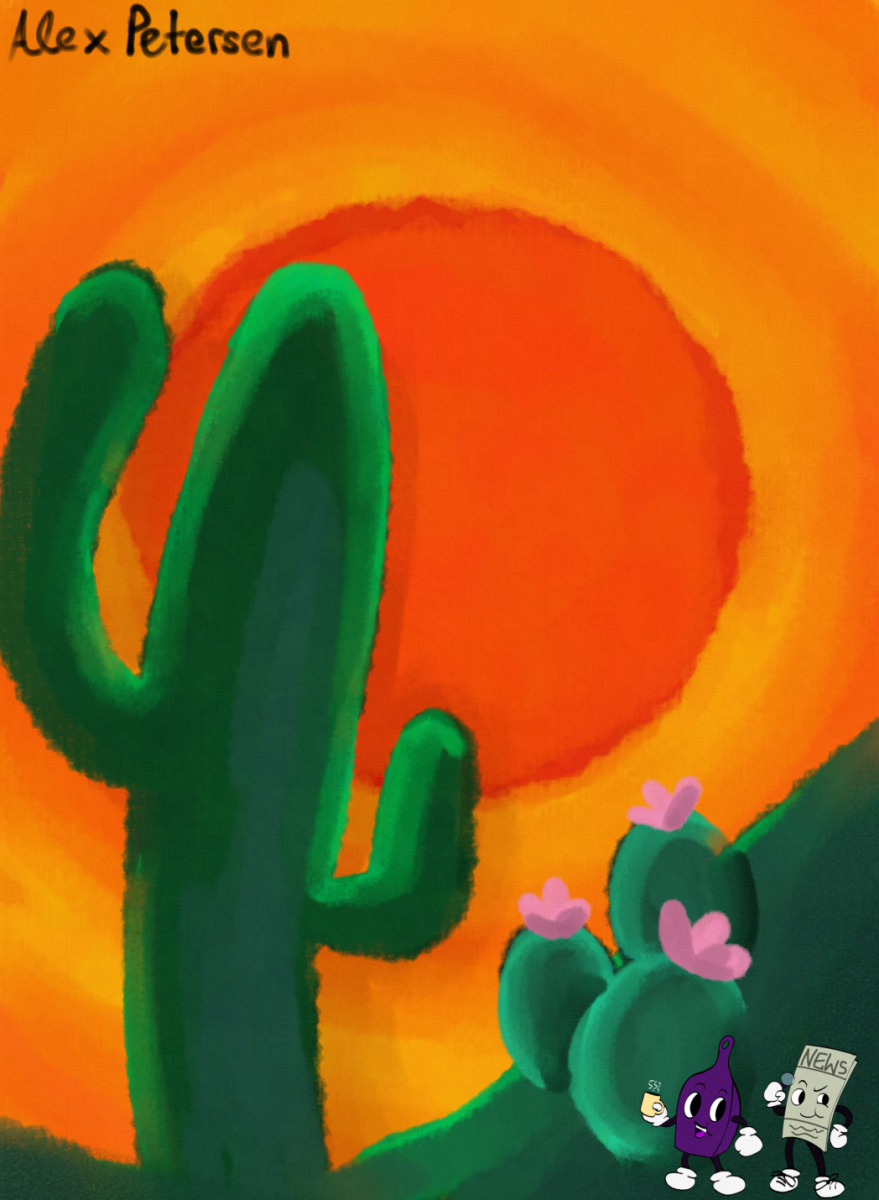Throughout history, Brazil was, like many countries, the focus of considerable amounts of colonization. This can effortlessly be seen in the artwork of the region. Much of Brazilian artwork stems from the Indigenous, African, and Portuguese cultures. However, Brazil’s art still maintains a unique and immaculate style in every form of craft.
The country’s architecture is heavily influenced by the tropical climate in the area as the wildlife and damp environment need to be taken into consideration when crafting structures that will stand for an extended period of time. Unlike many places, Brazil rapidly adapted to a modern architectural society after World War ll.
Back in the early sixteenth century, Portuguese nobleman Pedro Cabral went to Brazil and manufactured a style that related to the architectural poise in Europe. This classical Colonial style was known for its symmetry, stone, and boxy structures, along with concave windows and alcoves, and bright, often lime plastered, appearances. While this newer era of Brazil has only expanded over roughly five centuries, numerous artistic developments took place in the short time.
In the nineteenth century, plantations – or fazendas in Portuguese – began to grow leading to the frequent construction of warehouses throughout Santos, Salvador, and Belem. Many people think of warehouses as large, run-down, concrete boxes. This was not the case in Brazil, and warehouses could be found in blue, yellow, and even light pink.
The most famous bold pink structure in Brazil is the Teatro Amazonas, or the Amazon Theater named for the Amazon Rainforest. The theater was also constructed in the late nineteenth century in Manaus, Brazil, under the instruction of Celestial Sacardim, an Italian architect. In Manaus, the latex and rubber production was flourishing allowing for an exceptionally large amount of money to be obtained for not only the city, but the whole country.
It was originally constructed to be an opera house but now hosts many types of performances from theater productions to dances. In the center of the vibrant building’s roof stands a dome tiled with roughly 36,000 ceramic segments in the colors of the Brazilian flag: yellow, green, and blue.
Theater and opera have played a major role in many cultures around the world and Brazil is no exception. Conductor Arturo Toscanini began his career in Municipal Theater in Rio de Janeiro. All major opera performers had come to the country of Brazil either as independent artists or in major productions on their larger stages. Brazil was especially important in the community of opera around the world between the mid 1800s to the rough 1950s.
During the seventeenth century, Pedro ll was the emperor of Brazil and known for his appreciation for the art of opera. He allegedly commissioned the performance of Tristan und Isolde from Richard Wagner. While this was only speculation, he was proven to have been at the premieres of both The Ring Cycle and Bayreuth.
One of the most notable times that the art was heavily praised by the emperor was when he gave the opportunity to a boy from a slave village to play for him. The boy’s name was Carlos Gomes, a mixed race child from a poor town. Once he played for Emperor Pedro ll, he fainted during the performance. Despite that, the monarch was so impressed that he gave him a hefty grant for him to become a renowned opera composer.
Much of Brazil’s opera music began to be heavily influenced by the native samba music of the country when it was first developed during the twentieth century. Samba music takes its lively and upbeat foundations from Africa. The music’s most notable feature is recognised to be its syncopated-displaced or accented-beats.
The dance and name are thought to originate from the word Kimbundu term semba, meaning “invitation to dance”. Many slaves in Rural areas of Rio would throw parties where many people would dance. This as well is thought of to be tied to the more modern example of samba.
Dance, opera, architecture, and theater have all carried over into the modern day but what is possibly Brazil’s most fluctuating art medium has been paintings. In the early 1900s lived Candido Portinari, a staple of socially conscious artists. He created the painting Guerra e Paz (War and Peace), a piece that mirrors its name with two panels one depicting war and the other peace. His style is bright and boxy in this painting, setting it apart from much of Brazilian artwork.
Most of the more prominent paintings from the country feature round edges and almost gravelly colors. Around the same time, Tarsila do Amaral was creating some of the most famous pieces in this style, such as Abaporu and Operários (Workers). Her art style contains a similar color palette mixture as Candido Portinari with bright and grainy colors.
Brazilian painting could often be seen as chaotic or too busy to truly understand, despite that most pieces are carefully crafted for easy comprehension. In her piece Abaporu, there is a large figure of a human with accentuated features, such as an enlarged leg and foot. The person sits nude beside a classic cactus. The cactus was made to sit in the background with its normality and smaller stature.
The painting is said to be a metaphor for “cannibalizing” other cultures’ influences, the man’s size shows his ability to devour anything he’d wish to. While the smaller cactus may be demonstrating the remaining aspects of Brazilian culture.
This style of Brazilian painting can be seen frequently as few objects and people are present in the picture. However, the distinction of which ones hold the most importance is made exponentially clear for the viewer. This is a possible implementation in any subject matter, whether it be historical, political, or something made for nothing more than enjoyment.
Emiliano Di Cavalcanti piece Samba is another example of a distinct figure being predominant. There are many people in the painting however the woman in front is in a bright yellow skirt while the others are seen in brown more than anything else. She is positioned front and center to draw attention to her before anything else as well.
Despite its roots in so many other cultures, Brazilian art is vibrant and unmistakable when compared to other artwork. Everything from the buildings and dances to its visual art is colorful and lively.





